Typhoon jets and a Voyager tanker have arrived in Oman for Exercise MAGIC CARPET, an annual bilateral exercise between the UK and Oman.
The Royal Air Force say here that the Typhoons of II (AC) Squadron RAF Lossiemouth and 12 Squadron RAF Coningsby, and a Voyager from RAF Brize Norton with over 300 RAF support personnel have now started the two-week exercise.
“The RAF will be working with the RAF of Oman to deliver air-to-ground and air-to-air refuelling training to RAF and Omani pilots. The Exercise strengthens the RAF’s role as a key partner for Oman, demonstrates its ability to deploy world class capabilities and deliver high quality training opportunities.
This bilateral, multi-domain exercise, while not unique, provides further evidence of the United Kingdom’s integrated approach to defence and foreign policy and the UK’s enduring commitment to working with Oman and Gulf partners on promoting regional security and stability.”
The Detachment Commander and Officer Commanding II (AC) Squadron was quoted as saying:
“During the two-week exercise we will be conducting challenging flying missions together with our Omani colleagues, continuing to build on our close longstanding relationship with Oman. We are working together very much as equal partners in the relationship. Integrating every element of our operations from planning to briefing, flying and debriefing.
There are many opportunities to learn and develop from our collective experience. We have received a warm welcome from our Omani hosts and look forward to our opportunities to socialise together after work as well.”


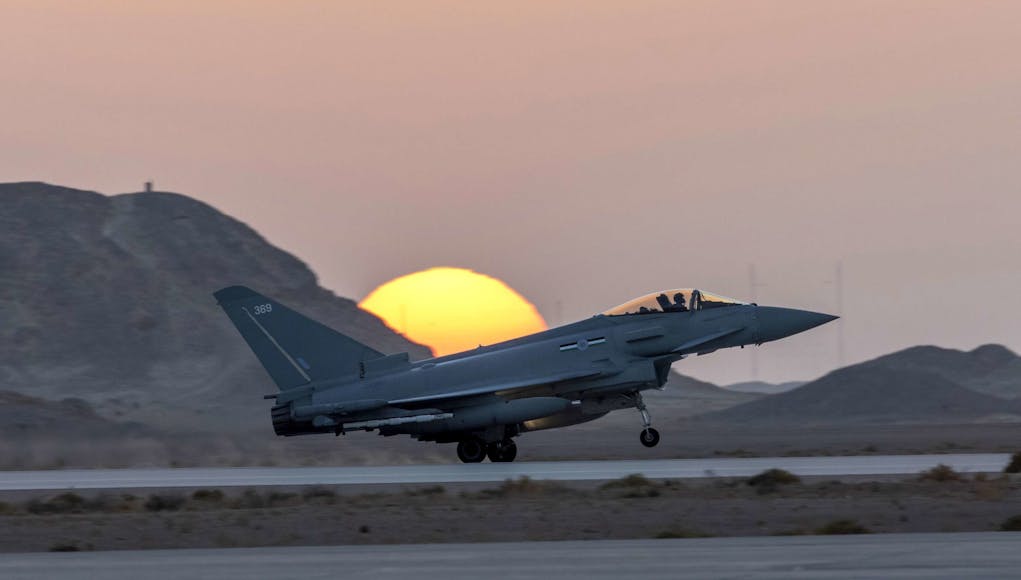

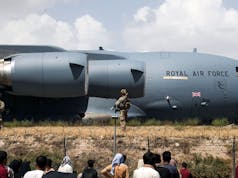
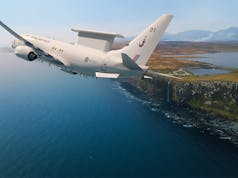
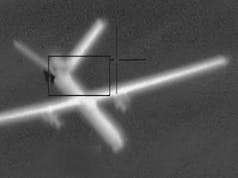
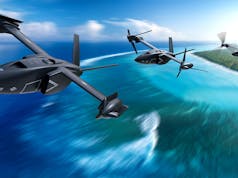
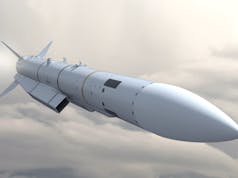
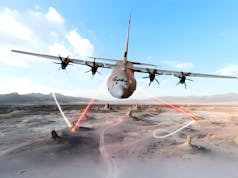




So how many typhoons have we sent over?
Yeah how many aircraft took part. The press releases from the MoD never actually say!
Between 8-10 would be the norm for such an exercise.
> to deliver air-to-ground and air-to-air refuelling training
What does air-to-ground refuelling entail? Filling fast jets from a tanker aircraft, whilst on the ground?
Air to ground attacks Just worded badly?
Cheers. I wasn’t sure if it was ground pounding, or something to actually do with refuelling (like hot refuelling). Your comment makes more sense.
I’m sure WatchZero has it right, and it is worded badly.
For true “air to ground refuelling” I’m currently imagining a Voyager with a particularly long hose flying circuits around the top of each aircraft to keep the drogue stable in the centre of the circle near the ground, the ground crew can then plug it into the Typhoon on the ground.
I’m just waiting for some wonk to become offended at the name of the excercise, Talking of offensive, it seems some have taken offense at the British legion for this tweet
https://twitter.com/PoppyLegion/status/1457983549454307331?s=20
Mate some people want to see any perceived offence or slight, where none is ever intended, no matter what the message means. Armed forces community, the key is in the name, it’s remembering all those who fought for, on behalf, or using this island as a location, to fight for themselves and us! These Twitter clowns are just that, clowns, hence why I don’t bother with Twitter, far to many keyboard specials cutting about. Cheers F.
Hi Airborne – how true. My current favourite being people who are offended on behalf of other people , like they were actually asked to.
Anyhow, enough of my moaning. Let’s take a moment at 11am to remember those lost in WW1 &2. I’ll be thinking of my late father who served in Italy in in 44/45 with the 6th SA armoured division.
They are sad people but they can be offended and demonstrate their “offended” views ONLY due to the fact of the bravery and effort put in by everyone who faced up to absolute tyrant, from all nations. It’s thanks to courageous people like your late father, that they can do so, a fact they do seem to forget. Respect to your father and family mate, all are in my thoughts on remembrance.
cheers and thank you Mate- all the best
I like to think we remember all those we lost in any war or conflict, not just in the world wars.
There’s a reason why this is one of my favourite images from the period:
Agreed lusty! Great image, portrays a meaning of equality and effort to achieve the aim!
Exactly!
thanks Lusty- the true embodiment of diversity and inclusion .
P.S. Lusty, have you managed to creep into RAF Marham and change the sign to RNAS Marham yet?
Agreed – and no, not yet. 😉
Just zap the new Tornado gate guardian with a ‘Fly Navy’ sticker will do 😄
😂
Great pic Lusty. I’m always very proud of how the Old Empire soldiered together thru its history thick and thin.
The last two figures in the line remind us of the racial diversity in our Forces and their loyalty.
I recall reading HW Tilmans remark how when trekking in Garwhal/India in the 1930s ( and a WW1 veteran himself) how the old soldiers of the Garwhal Regt were always the most helpful and proud of their army service. And of course there were many many others over many years.
Bless all our servicemen and women from all our nations both now and past.
I completely agree.
fantastic
I’m struggling to understand what they’re offended by? I suppose that it’d be good to highlight more veterans from the commonwealth to reinforce that it’s a memorial of all who fought, but I think the RBL make that as clear as possible.
Tbh, I’m at a loss as well. Veterans and serving members of our armed forces who are citizens of the Commonwealth or are anything other than white British have been criminally under-represented for generations now. It’s almost like the ‘all in it together’ message has been lost over the years. We need to tell their stories – and not just those from conflicts fought many decades ago, but more recent conflicts too. HK laundrymen, Afghan translators and Gurkhas all spring to mind. The people complaining about it seem to forget that people of many ethnicities and religious beliefs fought for us. In many instances, they died together. They’re buried together. And we remember them, with dignity, honour and respect.
A cursory glance at the RBL page shows diversity. They have several retweets from a wide body of outfits and organisations showing people of all ethnicities and religious beliefs Hell, even their cover image reflects that! Their advertising campaign about collectors shows a white majority, but across a range of ages from the young to old. I don’t think you can complain about one advert while overlooking everything else they do or share.
People seem to forget that when the British Empire covered a quarter of the globe, it encompassed an extremely broad range of cultures and identities. The Commonwealth has inherited that diversity. The same people that push British values and the importance of remembrance seem to forget that. Yes, a hell of a lot of white people died fighting for us… but so did people from other ethnicities and faiths. We remember ALL of them.
Lest We Forget.
On November 7th, 1920, in strictest secrecy, four unidentified British bodies were exhumed from temporary battlefield cemeteries at Ypres, Arras, the Asine and the Somme.
None of the soldiers who did the digging was told why.
The bodies were taken by field ambulance to GHQ at St-Pol-Sur-Ter Noise. Once there, the bodies were draped with the union flag.
Sentries were posted and Brigadier-General Wyatt and Colonel Gell selected one body at random. The other three were reburied.
A French Honour Guard was selected and stood by the coffin overnight of the chosen soldier.
On the morning of the 8th November, a specially designed coffin made of oak from the grounds of Hampton Court arrived and the Unknown Warrior was placed inside.
On top was placed a crusaders sword and a shield on which was inscribed:
“A British Warrior who fell in the GREAT WAR 1914-1918 for King and Country”.
On the 9th of November, the Unknown Warrior was taken by horse-drawn carriage through Guards of Honour and the sound of tolling bells and bugle calls to the quayside.
There, he was saluted by Marechal Foche and loaded onto HMS Vernon bound for Dover. The coffin stood on the deck covered in wreaths, surrounded by the French Honour Guard.
Upon arrival at Dover, the Unknown Warrior was met with a nineteen gun salute – something that was normally only reserved for Field Marshals.
A special train had been arranged and he was then conveyed to Victoria Station, London.
He remained there overnight, and, on the morning of the 11th of November, he was finally taken to Westminster Abbey.
The idea of the unknown warrior was thought of by a Padre called David Railton who had served on the front line during the Great War the union flag he had used as an altar cloth whilst at the front, was the one that had been draped over the coffin.
It was his intention that all of the relatives of the 517,773 combatants whose bodies had not been identified could believe that the Unknown Warrior could very well be their lost husband, father, brother or son…
THIS is the reason we wear poppies.
We do not glorify war. We remember – with humility – the great and the ultimate sacrifices that were made, not just in this war, but in every war and conflict where our service personnel have fought – to ensure the liberty and freedoms that we now take for granted.
Every year, on the 11th of November, we remember the Unknown Warrior.
Hope you found the truth about the Unknown Warrior and the reason we wear poppies on Remembrance Day, informative and interesting.
At the going down of the sun, and in the morning, we will remember them.
If I may, it was HMS VERDUN that carried the unknown warrior, escorted by SIX(!) battleships. Perhaps an obvious choice for the duty given the name. HMS Vernon was a stone frigate, and she wasn’t sailing anywhere.
But yes, the Unknown Warrior’s history is fascinating. He was buried along with soil from the major battlefields of the war. His tombstone was engraved with brass from munitions that were melted down, on Belgian marble. A lot of thought went into the symbolism of the memorial.